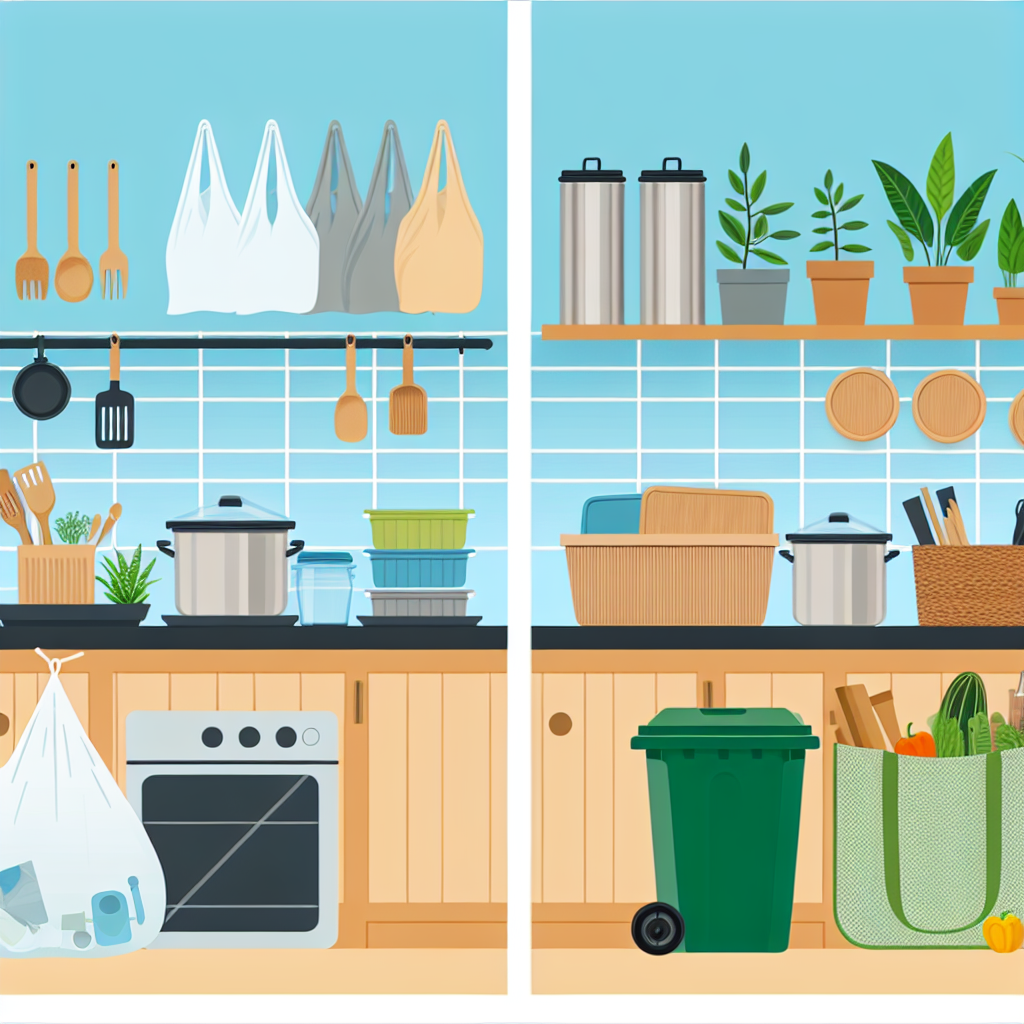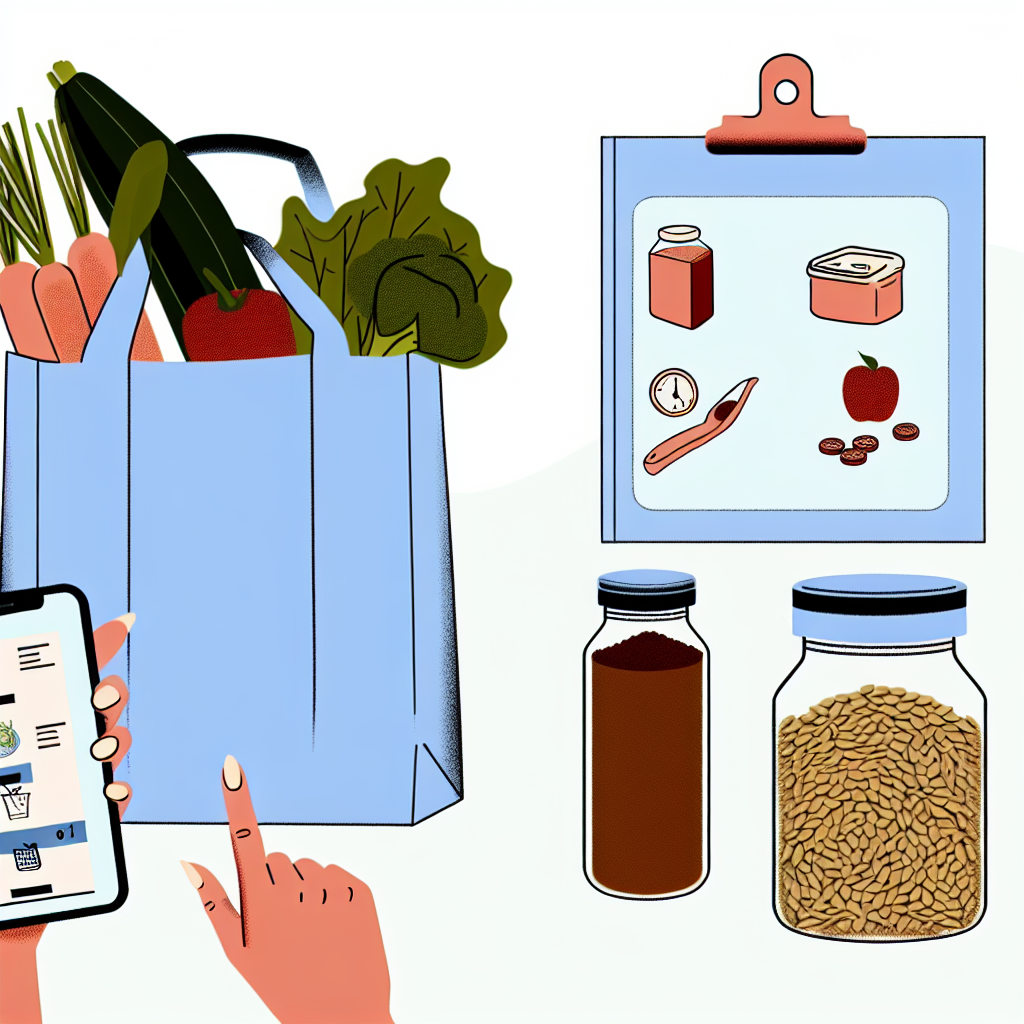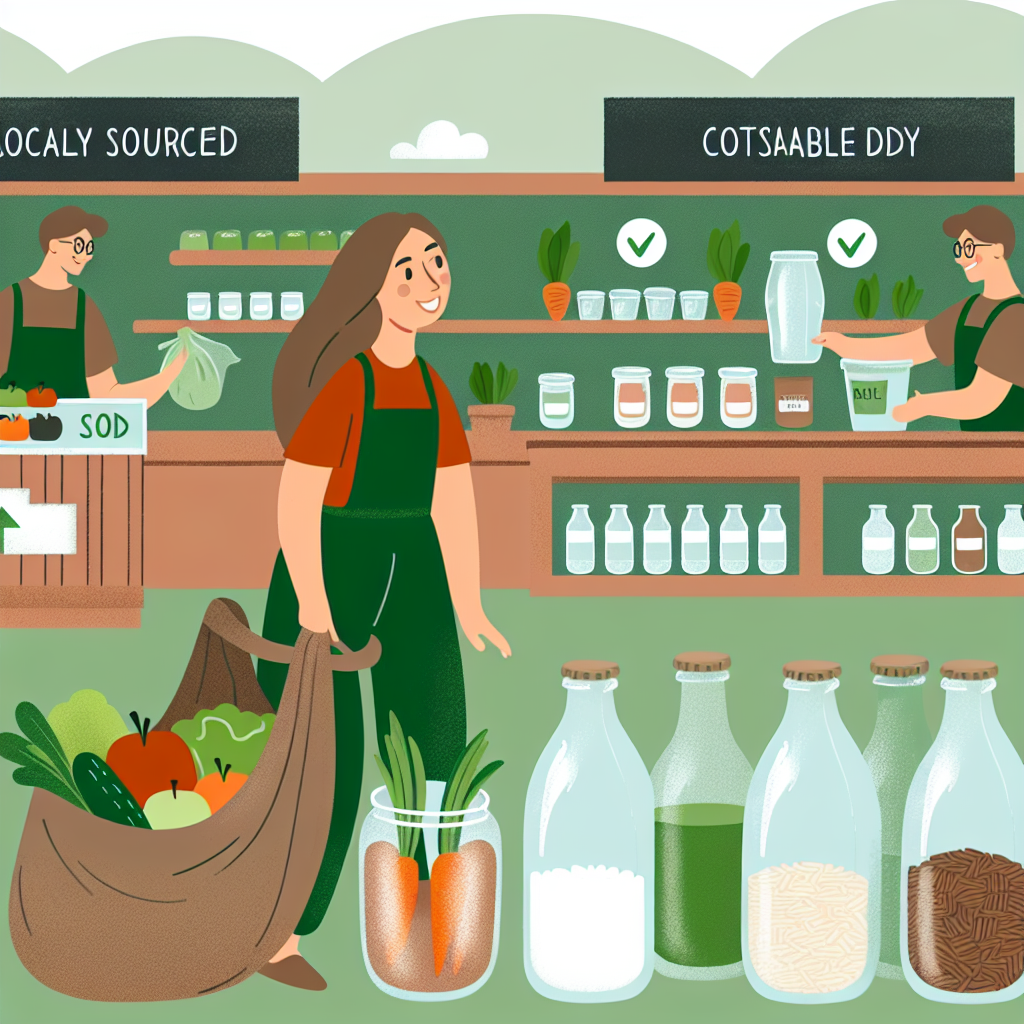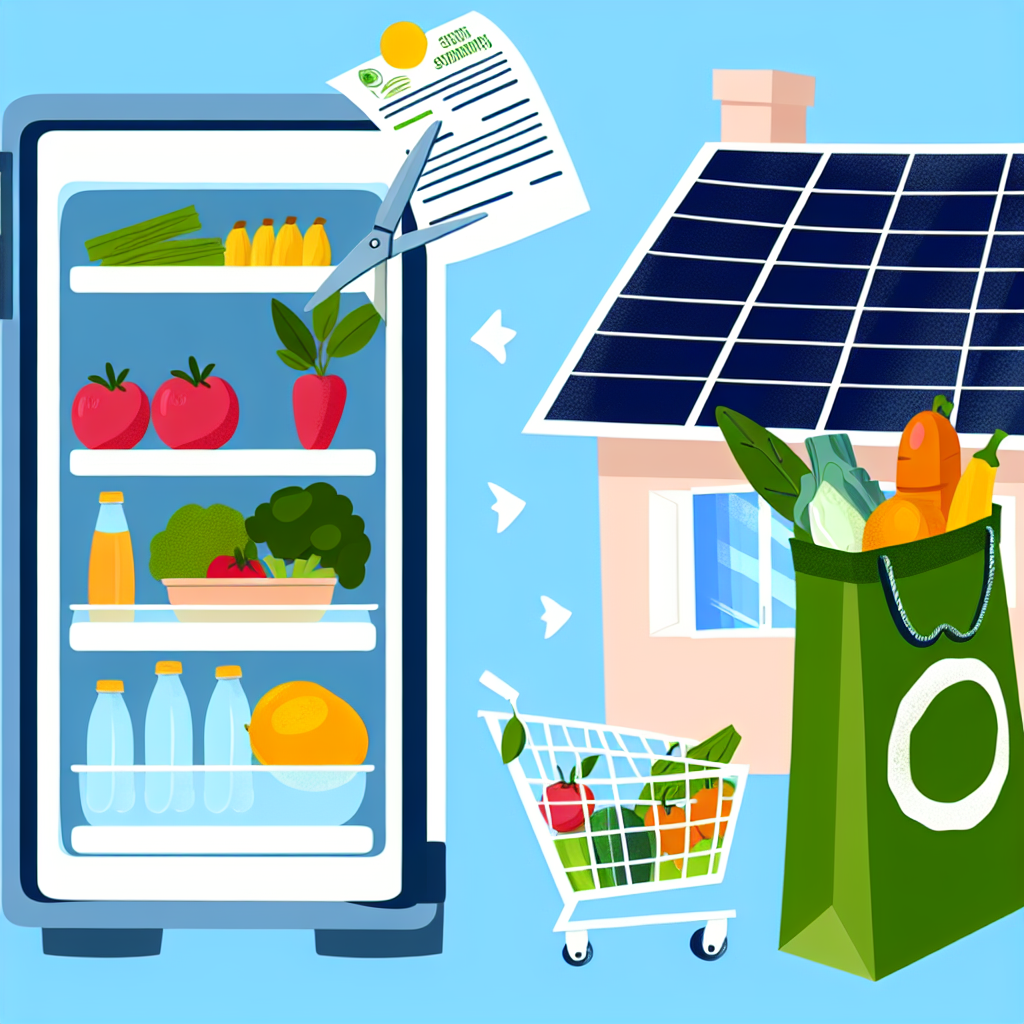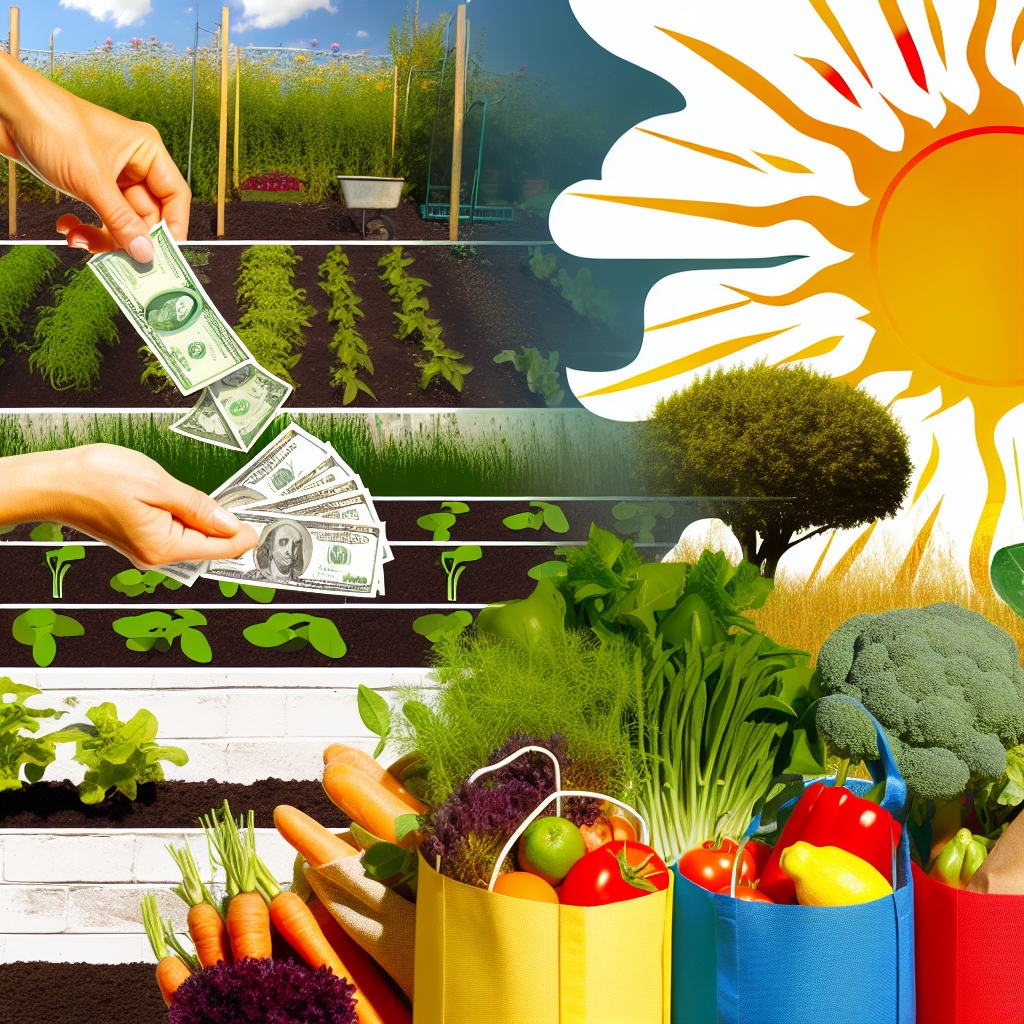10 Easy Changes to Cut Your Household Budget and Reduce Waste
Introduction
Today, it’s super important to save money at home and create less waste. Doing these things helps both your wallet and the environment. It’s like giving a high-five to both your savings and the Earth! At Frugal Zeitgeist, we want to give you fun and exciting ways to live sustainably without breaking the bank. In this post, we’ll explore some easy changes you can make to save money and reduce waste at the same time. Let’s get started!
1. Switch Disposable Items for Reusable Ones
Disposable items are the villains of both our planet and budget. Using them a lot can cost you more money and make more trash. By using reusable items, you’ll save money and help the Earth!
Examples of Reusable Swaps:
- Say goodbye to paper napkins and use cloth napkins. They’re classy and make every meal feel special.
- Use reusable shopping bags instead of plastic bags. They look cooler, are stronger, and save you from the embarrassing oops when a bag breaks.
- Trade plastic bottles for cool stainless steel or glass water bottles. They’ll keep you hydrated in style.
- Use sturdy, reusable food containers instead of plastic wrap. Your fridge will look tidy and organized!
2. Use Energy-Efficient Products
Your energy bills can often surprise you. But using energy-efficient products can mean more money in your pocket. Plus, it helps lower your carbon footprint, which is awesome.
Energy-Efficient Ideas:
- Replace old bulbs with LED bulbs. They use less energy and give off more natural-looking light.
- Smart power strips help reduce energy that’s wasted when devices are plugged in but not used.
- Swap old appliances for energy-efficient ones. They might cost more first, but they’ll save money over time.
3. Make Your Own Cleaning Solutions
Store cleaners can be expensive and full of hard-to-say chemicals. But you can make strong cleaners at home, and it’s better for the environment because there’s less packaging waste.
DIY Cleaning Ideas:
- Vinegar and baking soda are great at cleaning all sorts of messes.
- Mix vinegar and water for a good glass cleaner.
- Use lemon and salt to polish metals and clean surfaces. Plus, it smells great!
4. Cut Down on Food Waste
Wasting less food is good for your wallet and the planet. Planning and storing food well are the best ways to keep your kitchen efficient.
Food Waste Tips:
- Plan meals carefully so you don’t buy too much.
- Store food properly to keep it fresh longer.
- Start composting food scraps to help your garden.
5. Use Alternative Cleaning Cloths
Paper towels seem innocent but are sneaky at wasting your money.
Paper Towel Replacements:
- Use microfiber cloths for spills and dusting.
- Make rags from old t-shirts for cleaning.
- Bamboo towels are reusable and soak up spills well.
6. Use Public or Active Transportation
Public or active transportation not only saves you money but also reduces pollution. It’s a win all around!
Transportation Ideas:
- Use buses or trains to save money on gas.
- Walk or bike for nearby trips. It helps you stay fit!
- Carpool with friends to save money and have fun rides.
7. Try Second-Hand Shopping
Second-hand shopping is great for unique finds at less cost. Plus, it supports sustainability!
Second-Hand Shopping Tips:
- Check out thrift stores for clothes and stuff. You might find something amazing!
- Look online for used furniture and electronics.
- Join swap meets for a friendly way to shop.
8. Go Digital Over Physical
Going digital saves space and money while being eco-friendly.
Digital Swaps:
- Read e-books instead of paper books.
- Subscribe to streaming services for music and movies.
- Choose digital bills to cut down on paper use.
Conclusion
Making easy changes like these can help you save money and live more sustainably. Even small changes can make you a hero for the environment. So let’s be smart, save money, and help the Earth, one swap at a time. Join us at Frugal Zeitgeist in living smarter and more sustainably!

